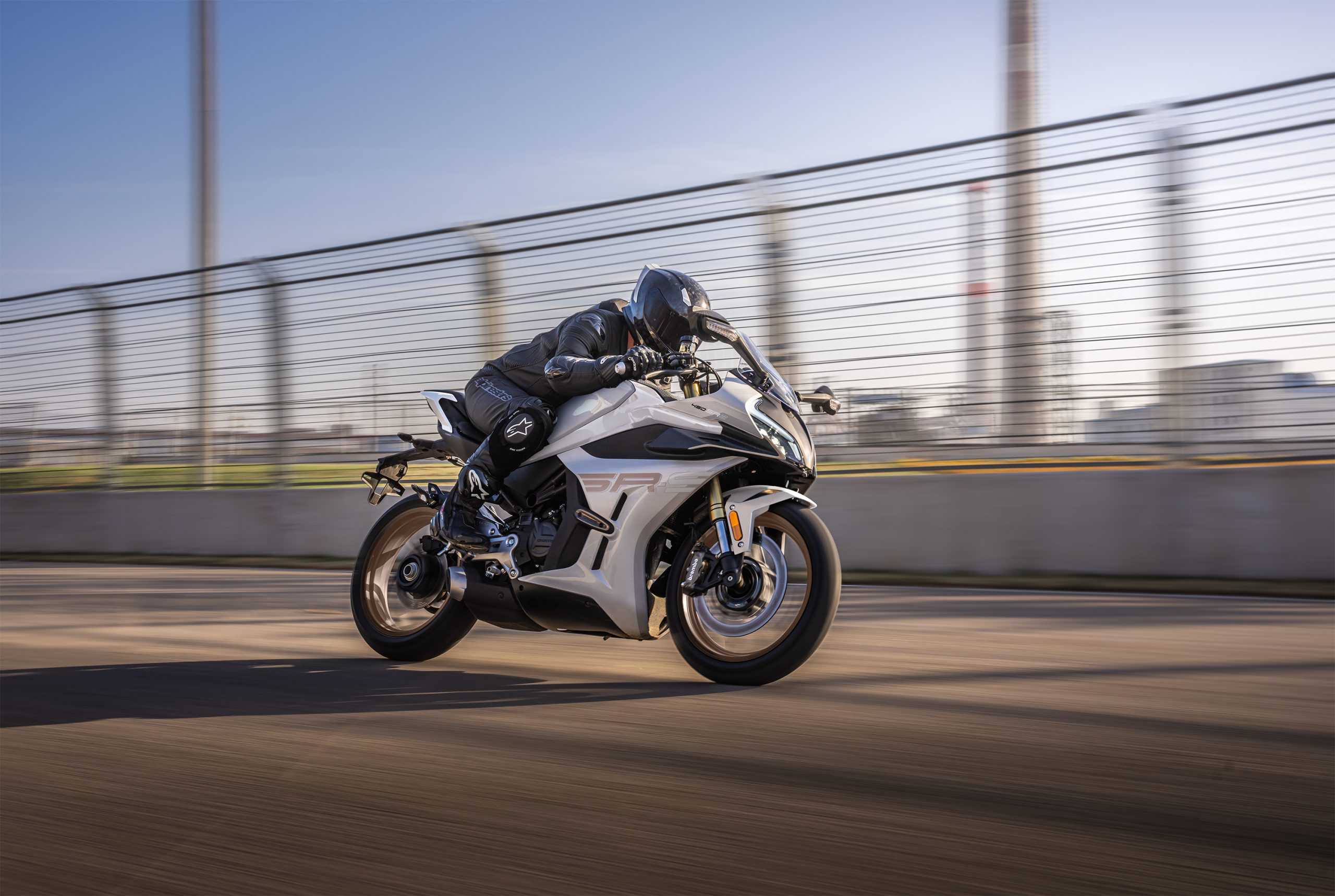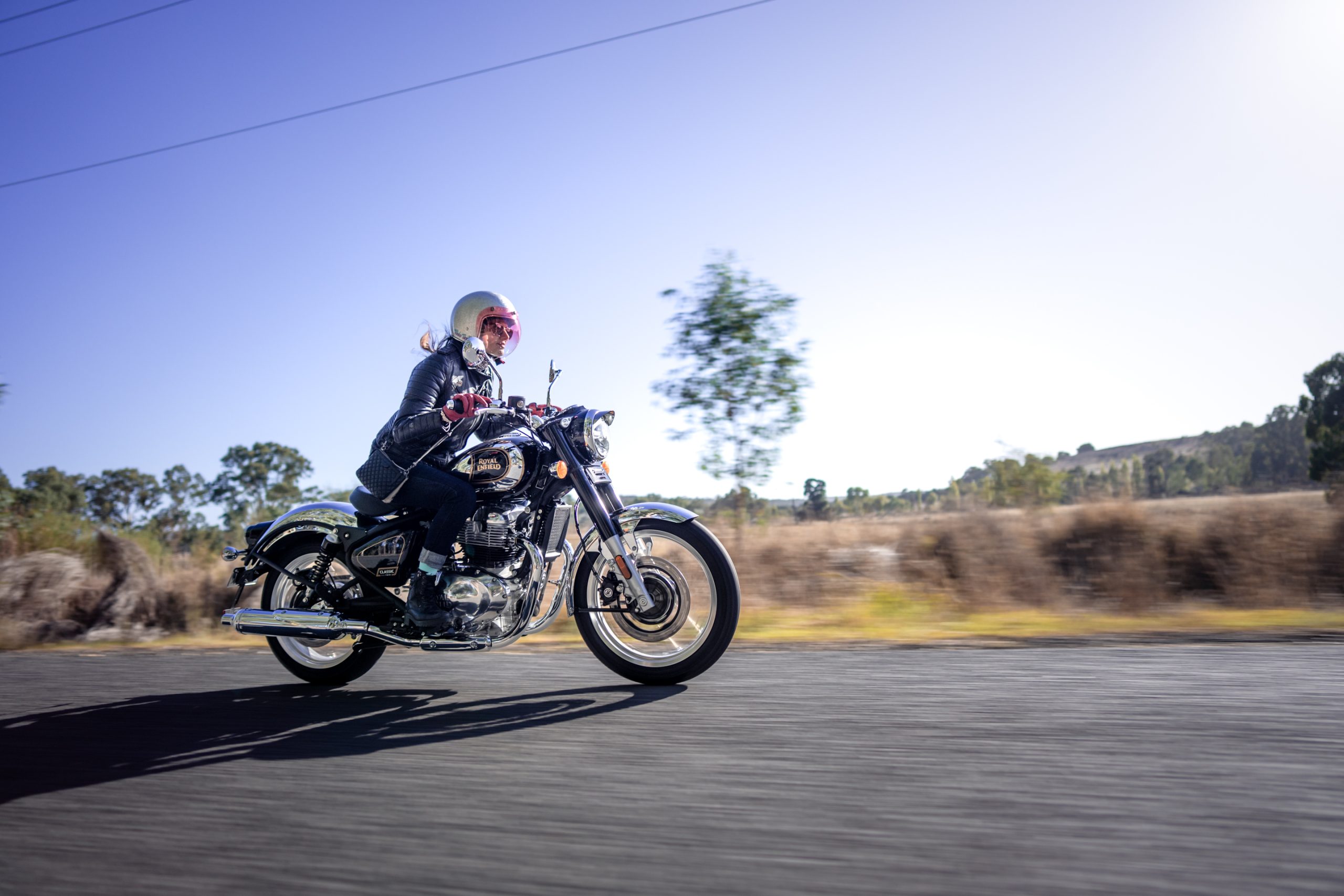The Ultimate Beginner’s Guide To Choosing Your First Motorcycle
General Information · 15-07-2025
General Information · 15-07-2025

There has been a lot of work over the past four decades or more to try and improve motorcycle rider safety and a big part of that has been the recognition of what motorcycles really are and how varied they are. As a customer wanting to buy his or her first motorcycle and learn how to ride that motorcycle it is fantastic to have the choice of style of motorcycle to choose from, but this can also complicate and confuse you, the prospective learner owner, as to what is the right choice of motorcycle to learn on.
The different state governing bodies have to not only set the rules for learner bikes and learner riders, but they also have to contend with the hundreds of different styles of bikes from the many motorcycle manufacturers that have produced their versions of learner motorcycles.
This is not limited to just one style from each manufacturer, but many different styles, and every manufacturer has their idea as to what a learner motorcycle is, from budget bikes to expensive high-tech variations…
All states in Australia have adopted the Learner Approved Motorcycle Scheme, LAMS for short. The requirements of these motorcycles need to be met by the different manufacturers, and they then can have a particular model approved as a LAMS motorcycle. It is based on power-to-weight ratio of less than 150kW/1000kg, or not exceed 25kW for electric, and a capacity cap of 660cc for ICE (internal combustion engine) bikes.
At time of writing this article in 2025, NSW has 110 motorcycle or scooter manufacturers listed as LAMS approved, but that does not include motorcycles made prior to December 1960 that are 660cc or less that are also approved.
But the Suzuki RGV250, the Kawasaki KR250 both the KR1 and KR2 models, the Honda NSR250, the Yamaha TZR250 and the Aprilia RS250 are NOT approved. These are too powerful as two-stroke engine bikes.

Out of all these manufacturers, they have a total of 871 LAMS approved motorcycles to choose from! Now this is NSW government approved, other states may have less or more depending on their own requirements.
So, how does a new rider wanting to buy a LAMS approved motorcycle make that choice? Most choices are made from a need or influence; this can be a need for cheap transport which is influenced by the price of fuel as one example. There can be many other factors that make our final choice.
Choices include new or second-hand purchase of a learner motorcycle. Pressure to follow friends with their choice of motorcycles can also be big factor to a new rider.
A following of a motorcycle sport, i.e. motocross, trials, endurance racing and road racing can all be an influence of choice to a new rider. Brand commitment can limit rider choices because he or she must have that brand and no other, from influences of others, media or motorsport.
Previous riding experiences as a child or young adult, for example trail riding, or motocross, even road racing can be done before you are legally old enough to ride on the road. These can influence you on your first choice of a leaner legal road motorcycle.
Traditional styling of a motorcycle compared to the more modern styles of either upright riding positions or sports riding positions. Intended us of the bike, is it purely for commuting to and from work? Or is it for recreation or travel? Or is it a combination of both?
Does the new rider intend to keep the LAMS bike just for learning and provisional riding years and then sell it to get a different or lager capacity motorcycle? Or is the learner going to keep that LAMS model for many years and not upgrade to a full power motorcycle?
Is it a spur of the moment decision to get a motorcycle licence? Has the new rider thought it through as which bike he or she should by?
I’m sure there are more reasons to buy a particular motorcycle over another, but the decision as to which type is best suited to that new learner is the difficult part of the equation.
Firstly, you need to get an idea of what type of riding you want to do. If it is commuting and urban riding, a scooter or small nakedbike could be perfect, particularly with the luggage and storage options… If you want to go off-road, a road/trail bike could be excellent, and if you want to do some track days and have fun in the twisty corners, there are some great street sport bikes without too harsh a sports riding ergonomic.

Used or new? Again, it is up to your budget, but a new bike comes with warranty, reliability and there are some exceptional finance options out there. Keep in mind, though, that you most likely will drop the bike from time to time while you learn to handle it parking and moving it around… Sometimes it is good to start on a used bike for the first six-months, then step up to something nicer once you are more experienced…
Bikes with a full fairing can be very expensive to repair, and damage easily, just by falling over standing still. Other bikes like nakedbikes or trail bikes can often be barely damaged when dropped… You also need to consider your height. When learning, choose a bike that you can sit on with both feet flat on the ground…
Whether you buy from a dealership or in private, try and take an experienced rider along with you, someone that can see through the you know what and help you get a good bike for a good deal… Fellow riders work in shops, and they are generally fantastic to deal with, but like the used car game there can be some sharks to watch out for, unfortunately learners are targets.
The price and style of your bike will also affect the insurance premiums, particularly if you are a younger learner, so make sure you do some research there… And don’t forget to look at servicing costs. Write yourself a checklist and take your time shopping for your new bike, it is a buyer’s market right now.
Rider training companies in Australia are acutely aware of the need to teach new riders the correct and safest way to ride. Those companies have small capacity motorcycles that are very upright and neutral in their riding position for those learners. This is because experience has shown that riding in that position is far more advantages to the rider.
The vision, because of the rider’s head being very straight and upright, is unimpaired and maximised. Whereas a rider on a sportsbike with their head leaning forward and down is restricted in vision when trying to look forward and even more restricted when that rider is trying to look to the left or right, the position is far less natural and therefore more restrictive in movement and sight.
The same can be said with the body positon, a more upright rider has less stress going through the arms, back and legs than a rider on a sportsbike. Controlling an upright style motorcycle is far easier because of the lack of stress on the body, arms are more relaxed and ready to move quickly if needed, so are the legs and torso which play such a big part in how you control a motorcycle. Compare that to a sportsbike where the arms are almost locked into position because of the low bars and sport riding position, the legs are also more cramped and limited to movement as is the torso.
So, is an upright styled motorcycle like a trail bike or a nakedbike or a classic styled bike better than a sportsbike to learn on? In my opinion and those that train new riders, I believe the answer is yes without a doubt. However, street sportsbikes like Ninja 400s, CBR300R’s or YZF-R3’s are more upright and good for learning on.
So as a new rider looking for a motorcycle to suit you, the choices are almost endless and so diverse in what you can have for your money. It is a very tough decision. Your choice can be one that will suit you exactly and give you years of satisfaction, or it can be a choice of frustration or even resentment of the choice you have made.
These things and many more influences can either give a life of totally enjoyable motorcycling, or years of frustration and heartache over your choices. What is the answer? Test ride as many bikes as you possibly can before you buy… Find the style that suits you.
Of course, none of these things matter if you aren’t prepared to learn. Your growth and learning on how to ride and control a motorcycle completely can’t be taught in one day, it also can’t be taught through years of riding. You will pick up skills along the way over the years, but the only true way to learn the correct and complete way to ride a motorcycle is to be trained.
Not just the Learner program, not just the provisional program, but all levels of training programs right through to very advanced training schemes taught in this country. Learn it fast, learn it completely and then you will have all the skills to be a motorcyclist for life!